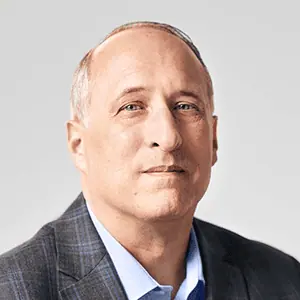
The Bank Executive of the Future: Agile and Focused on Talent

Nevertheless, the real challenges may lie in developing the key leadership requirements for institutional success, and in the navigation of the managerial challenges which lie ahead. Here are three intangible but particularly important qualities for the future bank leader’s success.
Cultural Agility and Adaptability
Let’s face it: while middle-aged white men still dominate the C-suite in banking, the growth markets—and new and future employees—do not fit this profile. Consider these points:
- Women today constitute a majority of bank employees in many institutions, with rising penetration in senior management roles.
- Non-Caucasian children are now a majority of births in this country.
- More new businesses are started by women and minority members of our communities than by Caucasian males.
What this says about our bank’s future opportunities for growth is that bank leaders and line personnel need to develop a true appreciation for the varied needs of different customer constituencies. And employees will likely need additional training to be in a position to service a wider array of customer profiles.
Bank leaders, then, need to lead this charge. It takes training to be able to meet differing customers at their comfort level, rather than expecting potential clients or prospective employees to relate to us. After all, your future team members will be just as diverse as your future customers.
Workforce Flexible
The nature of today’s multigenerational workforce is no secret.
Here’s a recent statistic from Gallup and highlighted by the American Bankers Association: of the four current workforce generations, millennials were notably the least engaged, with only 29 percent feeling connected to their employers. Furthermore, according to research from private equity firm Kleiner Perkins and the industry association Independent Community Bankers of America, the millennial generation seeks meaningful work, high pay, a sense of accomplishment, training and development as well as flexibility—in that order. Yet this same generation is known for being empathetic, humanitarian, environmentally concerned and generally caring. So, how do banks connect with these future leaders to attract them and keep them in the fold?
Here’s where I believe banks hold a hidden advantage over many other industries. There is no industry that is more community-minded or supportive of local organizations with time and money than community banks. Yet too often we take this proud and locally minded commitment for granted, when we should be shouting it from the rooftops, especially when we are recruiting up-and-coming talent or even rookies straight from college.
We also need to make sure that banks have revisited the traditional timelines of career advancement that former bankers like me grew up with. While some veteran bankers may disdain the up-and-comer who expects rewards and recognition much faster than previously provided, we need to accept that times are simply different. As a technology-enabled, team-oriented, community-minded industry, we need to reinforce that “this is not your grandfather’s bank” in our recruiting messages and performance feedback.
Talent Focused
Despite the continued consolidation of the industry, the ranks of folks who can capably lead a bank in today’s climate is simply not keeping pace with the need to replace retiring CEOs and C-level executives.
In the battle for new loans in crowded markets, the banks with more and better lenders on the street will win. Remember that stars have the most options as to where they will deploy their talent. “A” players will usually choose an opportunity where they are working with or for a well-known leader, and where they feel they are best set up for success.
Top talent wants to work with other top performers, and a bank CEO who can attract top players gains a significant competitive edge.
Banks that choose to play it safe with regards to talent—whether in the executive ranks or in the hiring of revenue generators—do run the risk of being penny-wise and pound-foolish. Don’t skimp on getting as many difference-makers on your team as possible.
Summary
The difference between banks that will be able to grow and remain independent may come down to the soft skills of their leaders—how the bank adapts to changing employee and customer markets, navigates the different workplace expectations of its up-and-comers, and whether the bank approaches the talent market strategically. Failing to shift focus to these factors may come at a very high price.


